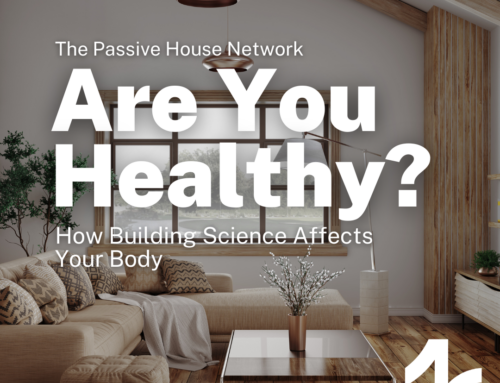Back to School:
A Case Study for Passive House in Academic Buildings
If you haven’t heard this week’s great news yet, here are the bullet points: last Tuesday, a judge in Montana ruled in favor of a group of young plaintiffs who alleged that state policies compromised their right to a “clean and healthful environment.” The 16 plaintiffs, aged five to 22, represent a growing movement of engaged youth who recognize the delicate link between the health and wellness of the community and the environment. Similar cases, all led by children and young adults, are pending in four other states, including Florida, Hawai’i, Utah, and Virginia. The news reminds us that we have a responsibility to the coming generations to mitigate the devastating effects of human-driven climate degradation.
It also provides us with a great opportunity to look back at a recent Passive House Case Study with Timothy Lock at OPAL Architecture. Timothy’s team was challenged with creating a Passive House Certified academic building for the Waring New School in Beverly, Massachusetts, addressing numerous environmental, mobility, and accessibility obstacles. We’re sure you’ll agree that the new design results in a stunning space for students to learn and grow, prioritizing health, education, and community. And it all started with a single question: What if our buildings improved our world?
With Passive House, they can. Follow along with Timothy as he explains how.
You can hear more from Timothy at the 2023 Passive House Network Conference, where he’ll be bringing us additional real world examples of Passive House buildings, speaking on the operational embodied emissions reductions of mass timber, and urging us to think about building ecology beyond energy—including resources, water, site environment and habitat, and community health. Don’t miss these great sessions and more. Register today!





